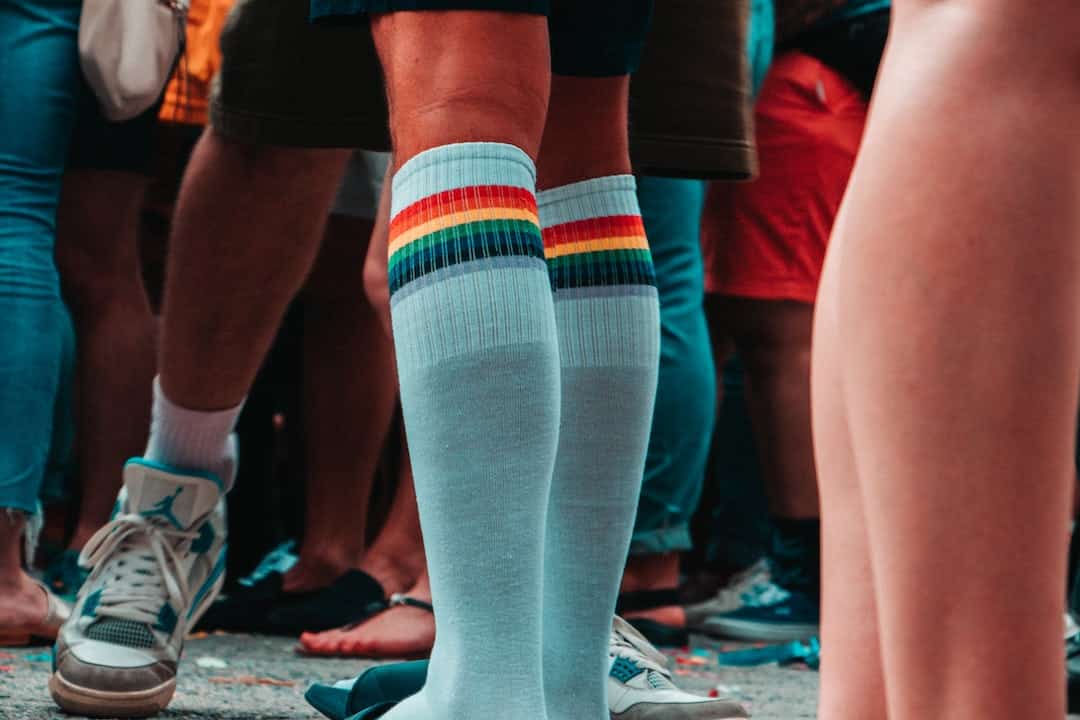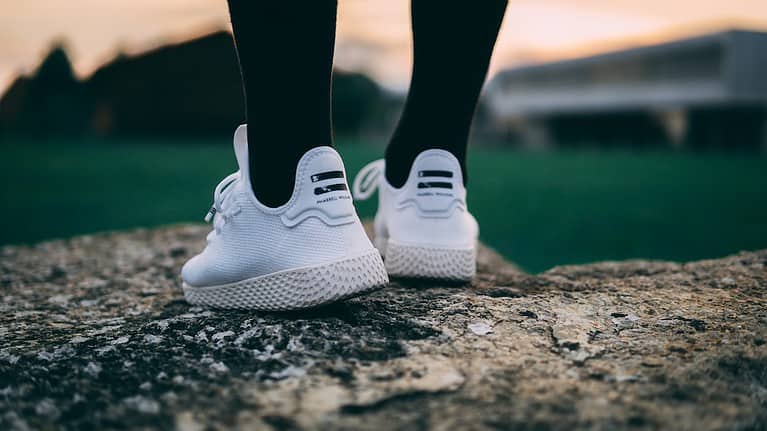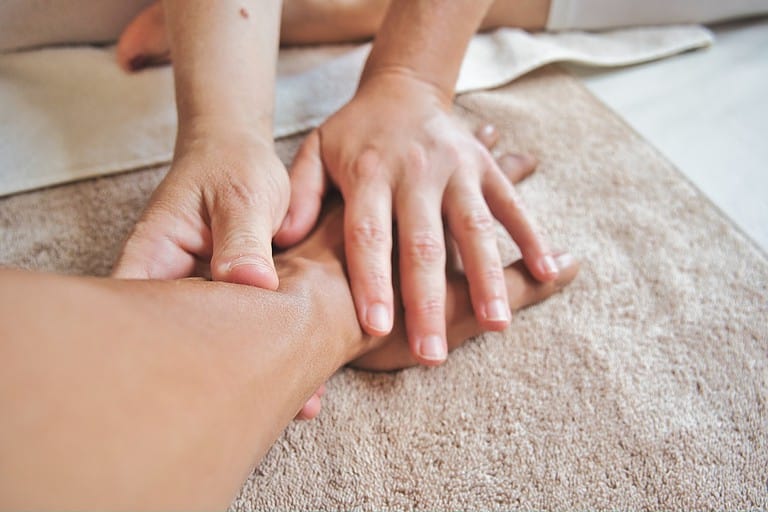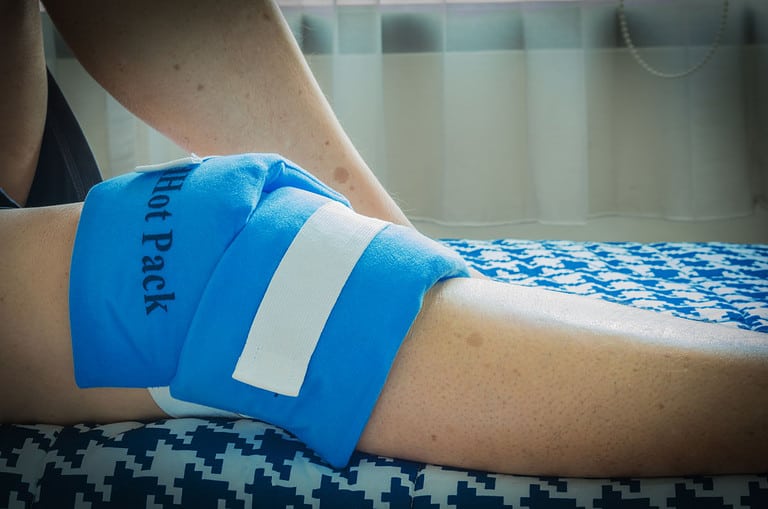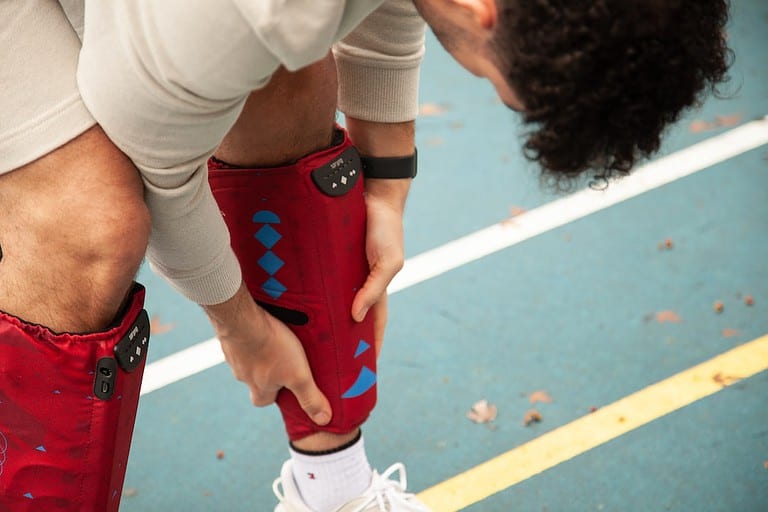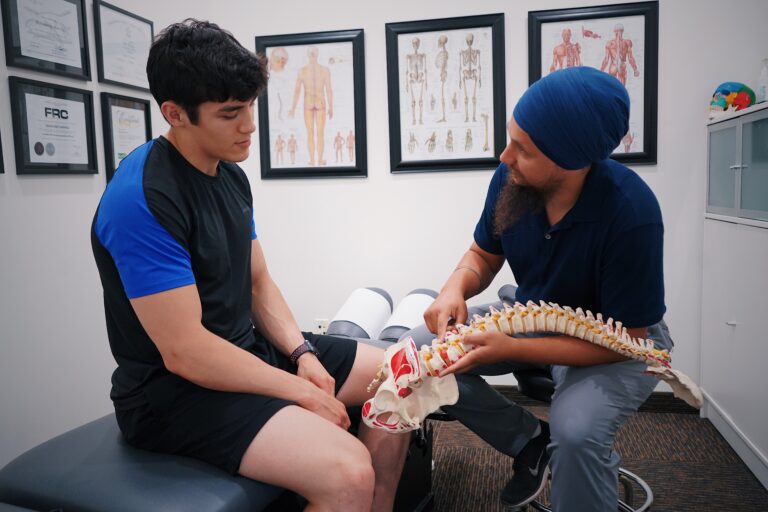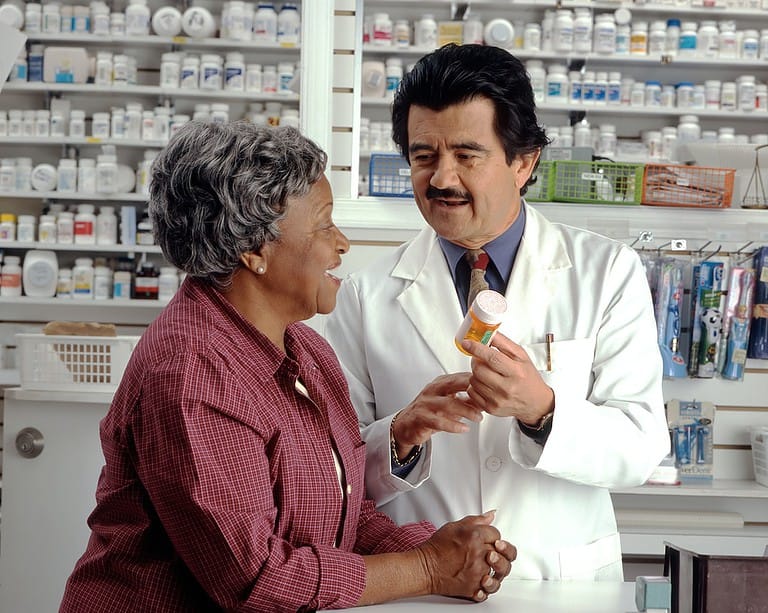What Is Uniform Compression Therapy? Modern Path to Wellness
What is uniform compression therapy? Uniform compression therapy (UCT) is an innovative therapeutic technique that has been gaining traction in recent years. It’s a non-invasive approach to treating various conditions and promoting overall wellness for the modern family.
In this blog post, we’ll explore what is uniform compression therapy, how it works, who can benefit from it, and practical considerations for implementing UCT in a clinical setting.
Table of Contents
What is Uniform Compression Therapy?
Uniform Compression Therapy (UCT) is a therapeutic modality that applies pressure to the body in order to reduce swelling, inflammation, and pain. It can be used for both acute and chronic conditions. UCT works by increasing the circulation of blood and lymphatic fluid, which helps to reduce swelling and accelerate healing time.
UCT comes in the form of compression garments or wraps that are worn to apply pressure evenly over an area of the body. The amount of pressure applied can vary depending on the condition being treated. This type of therapy has been used for centuries as a way to treat various medical conditions such as edema, lymphedema, venous insufficiency, sprains/strains, post-operative care, sports injuries, and more.
What are the benefits of UCT?
- Improved circulation throughout the body.
- Reduced inflammation.
- Decreased pain levels.
- Increased range of motion.
- Improved mobility.
- Faster recovery times from injury or surgery.
- Prevention or reduction in scar tissue formation after surgery.
- Better posture due to improved muscle tone.
- Increased energy levels due to enhanced oxygen delivery throughout the body.
- Improved mental clarity due to reduced stress levels caused by less discomfort from painful areas.
Uniform compression therapy is a safe and effective treatment option for many medical conditions. By understanding what is uniform compression therapy and how it works, the modern family can turn to this therapeutic approach to help promote their overall health and well-being.
How Does Uniform Compression Therapy Work?
UCT works by applying pressure on targeted muscles or joints, which helps reduce inflammation and promote healing. The compression also increases blood flow to the area, allowing more oxygen and nutrients to reach it. This helps speed up the recovery time from injury or surgery.
Additionally, UCT can help decrease muscle spasms that often accompany certain injuries or illnesses.
UCT has been found effective in treating a variety of musculoskeletal conditions such as tendinitis, bursitis, plantar fasciitis, carpal tunnel syndrome, rotator cuff injuries, and tennis elbow. It can also be used after surgeries such as ACL reconstruction or shoulder arthroscopy in order to help with scar tissue formation and reduce swelling around the joint capsule or tendon sheath.
In addition, UCT may be beneficial for those suffering from lymphedema due to its ability to increase lymphatic drainage while reducing edema accumulation in affected areas.
Uniform compression therapy is a safe and effective treatment for many conditions, but is it for everyone?
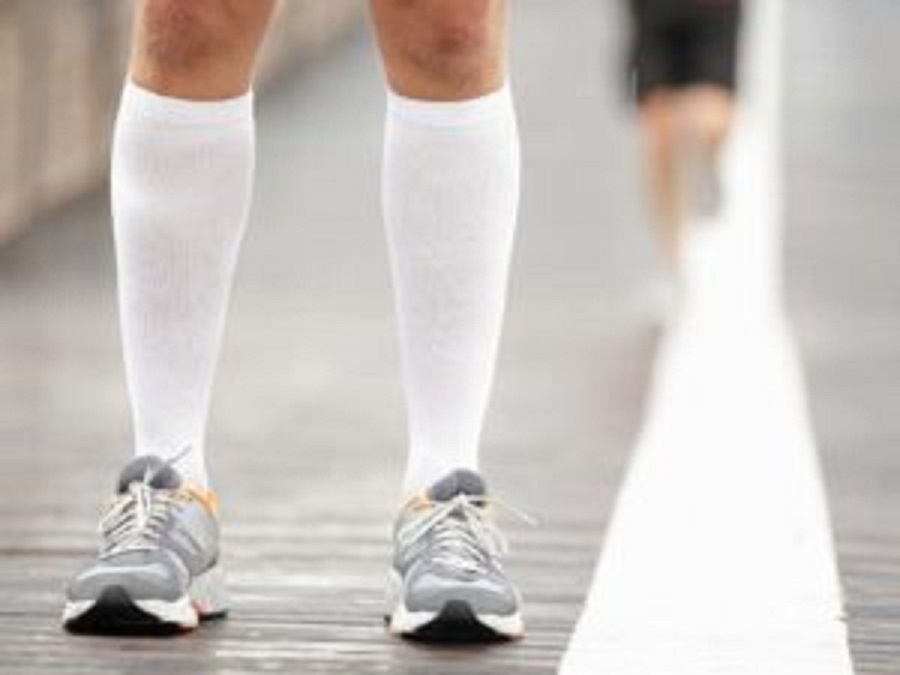
(Source)
Who Can Benefit from Uniform Compression Therapy?
UCT is an effective treatment option for many patients who are looking for relief from their symptoms without the use of medications or surgery.
UCT can be used to treat a wide range of medical conditions including lymphedema, venous insufficiency, edema, and chronic wounds such as diabetic ulcers and post-surgical wounds.
In addition to these conditions, it has also been found helpful in treating joint stiffness and reducing inflammation associated with arthritis.
Patients should always consult with their healthcare provider before beginning any form of physical therapy like uniform compression therapy. The patient’s overall health status will determine if they are suitable candidates for this type of therapy.
Factors such as age, weight, skin condition, and medical comorbidities must all be taken into consideration when deciding if UCT is right for them.
Uniform Compression Applications
Uniform compression can be beneficial for a variety of activities and circumstances.
Here are some use cases to consider.
Bedridden Patients
If you’ve been advised by a doctor to stay in bed following surgery or during pregnancy, uniform compression socks may be the best option for you. Anti-embolism medical compression stockings or other mild compression garments designed for use in bed are recommended over graduated compression socks.
Athletes
A recent study from 2018 showed that athletes reported varied preferences between uniform and graduated compression socks depending on which activity they had performed. Those participants wearing uniform compression socks reported lower levels of pain after a trail run but results may vary depending on the type of exercise being done.
Ankle Length Socks
Ankle-length socks with targeted compression are a great way to try both uniform compression and graduated compression during different activities. This way you can compare them and see which yields better results in performance or pain level.
Travelers
For those who travel often, whether it’s by plane or car, long periods of sitting can cause swelling in your feet and legs due to poor circulation. Wearing lightweight but snug-fitting uniform compression socks is an effective way to reduce swelling while traveling long distances without compromising comfortability.
Medical Professionals
Long shifts spent standing up require extra support for your feet and legs throughout the day – especially if you work 12-hour shifts. Uniform compression socks provide extra support around your ankles while providing relief from fatigue caused by prolonged standing up all day long.
What is Uniform Compression Therapy in Wound Care?
Compression therapy is an important part of wound care, and it can be used to treat a variety of conditions. It involves applying pressure to the affected area in order to reduce swelling and promote healing.
The most common type of compression therapy is elastic bandages or wraps that are applied directly over the wound site. This helps keep the area clean while also providing support and reducing inflammation.
The amount of pressure applied should be adjusted based on the severity of the injury or condition being treated. Too much pressure can cause further damage, so it’s important to follow your doctor’s instructions carefully when using this type of treatment.
Medical compression stockings are another popular form of compression therapy that helps improve circulation by gently squeezing your legs from the ankle up toward your thigh as you move around during daily activities. They come in various sizes and styles depending on how much support you need. Some even offer graduated levels where they become tighter near your ankles and then gradually loosen up higher up on your leg.
Finally, there are specialized garments available specifically designed for treating lymphedema – a condition caused by fluid buildup due to either cancer treatments, trauma, or genetics. These garments usually feature adjustable straps that allow you to customize how tight or loose each section needs to be, depending on where exactly lymphatic drainage needs to occur within the body.
Wound Compression Products
Wound compression products are designed to reduce inflammation, improve arterial circulation, and ease blood flow in the lower extremities. These dressings can help to both treat venous ulcers as well as prevent a re-occurrence.
Compression bandages come in several categories according to the degree of compression they provide at the ankles: light, moderate, high, and extra-high compression.
Short-stretch or inelastic compression bandages are reusable cotton dressings with high stiffness that provide firm support for calf muscles during ambulation and low pressure when resting. They may contain zinc or calamine which prevents itchiness on the wound bed but due to their minimal absorption capacity, they are not suitable for wounds with medium to heavy exudate.
Long-stretch or elastic bandages stretch up to three times their original length (140% to 300%) and conform easily around any shape while providing uniform compression at rest and during movement. This type of dressing offers excellent support for edema containment by relieving pressure on muscles, ligaments, and tendons.
If you have an active lifestyle, then an elastic bandage might be better suited than an inelastic one due to its ability to stretch with movement while still providing sustained pressure where needed most.
FAQs About What is Uniform Compression Therapy
What is uniform compression?
Uniform compression is a type of medical garment that applies pressure to specific areas of the body. It helps improve circulation, reduce swelling and pain, and provide support for weakened muscles or joints.
Compression garments come in various levels of tightness, depending on the individual’s needs. They are often used to treat conditions such as lymphedema, venous insufficiency, deep vein thrombosis (DVT), varicose veins, and post-surgical recovery.
Uniform compression garments can also be beneficial for athletes who want to increase their performance by improving blood flow and reducing fatigue during exercise.
Uniform compression socks maintain the same mmHg throughout the length of the sock while graduated compression garments offer gradient pressure.
Who should not use compression therapy?
Compression therapy devices should not be used by people with certain medical conditions such as deep vein thrombosis, congestive heart failure, or severe arterial disease. It is also not recommended for those who have had recent surgery on the legs or feet, are pregnant, have skin infections in the area to be treated, or suffer from peripheral neuropathy.
Additionally, UCT should not be used if you are allergic to any of the materials used in compression garments.
Before beginning a course of compression therapy, it is important to consult your doctor and discuss any potential risks associated with compression therapy devices.
How long does compression therapy take to work?
Compression therapy typically takes anywhere from one to three weeks to start showing results. It works by applying pressure to the affected area, which helps reduce swelling and inflammation while promoting circulation. The amount of time it takes for compression garments to work depends on the severity of the condition being treated and how well a person follows their doctor’s instructions.
For best results, put on your compression garments first thing in the morning when your limbs are the least swollen. Visible improvement in the appearance of your veins can take up to six weeks.
Conclusion
Now that you know what is uniform compression therapy, you can find treatment options in both a clinical setting and at home with the right equipment. With proper implementation of UCT, you can experience improved mobility, decreased pain level, and an overall better quality of life.
For those looking for a non-invasive way to manage their symptoms, uniform compression therapy products may be worth considering.
Are you looking for ways to improve your family’s health and well-being? Look no further than uniform compression therapy! This innovative form of self-care can help reduce inflammation, increase circulation, relieve pain and swelling, as well as improve mobility.
Take the first step towards a healthier lifestyle today with uniform compression therapy – it could be life-changing for your whole family.

